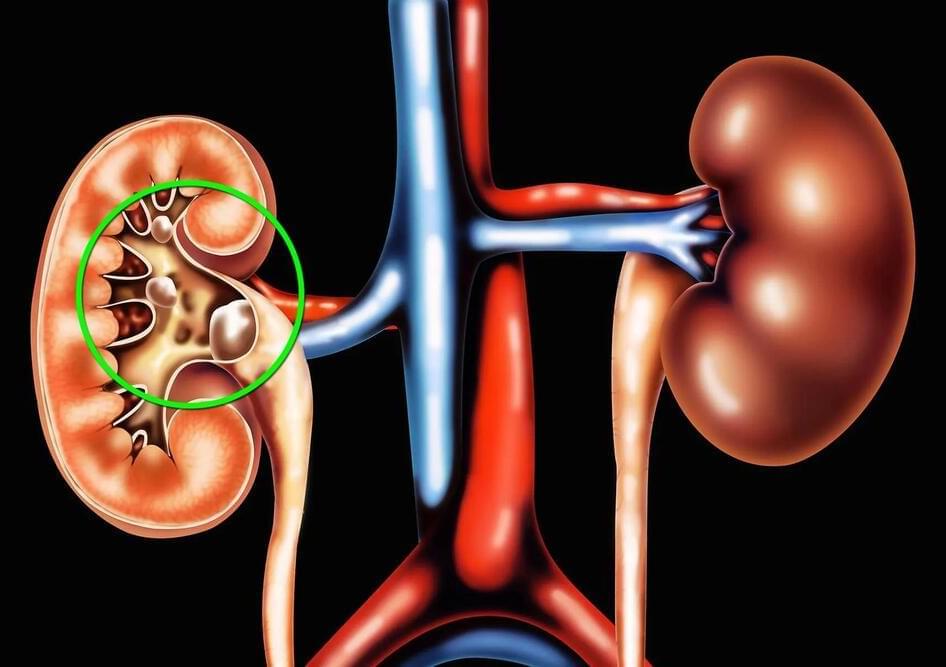You’ve probably heard of painful kidney stones. Find out where else “stones” can appear in your body, and how to tell.


Conversely, proprietary LLMs typically offer robust security features but still pose data privacy and control risks. Using these models involves sharing sensitive data with a third-party provider, which could lead to regulatory penalties if a breach occurs.
LLMs also lack transparency regarding their training data and how datasets are formed. Be mindful of potential bias and fairness issues and consider a human-in-the-loop approach, where specialists review and manage the model’s output.
LLMs are most effective when used to streamline complex processes and drive innovation. To leverage these models responsibly, prioritize data governance—especially in highly regulated industries.

Mike has over 15 years of experience in healthcare, including extensive experience designing and developing medical devices. MedCrypt, Inc.
On October 1, 2024, the Food and Drug Administration (FDA) marked a major milestone in medical device cybersecurity enforcement. This marks one year since the retracted Refuse to Accept (RTA) policy and the full implementation of the Protecting and Transforming Cyber Healthcare (PATCH) Act amendment to the Food, Drug & Cosmetic Act (FD&C). The FDA’s new requirements represent a fundamental shift in the regulatory landscape for medical device manufacturers (MDMs), as cybersecurity is now a non-negotiable element of device development and compliance.
The timing is not coincidental. In 2023, the FDA issued its final guidance entitled “Cybersecurity in Medical Devices: Quality System Considerations and Content of Premarket Submissions.” This outlined the detailed cybersecurity requirements and considerations that MDMs must address in their submissions, highlighting the security measures in place to gain regulatory approval. With these requirements, the FDA is taking a hard stance: Cybersecurity is a core consideration, with compliance being systematically enforced.


Kaunas University of Technology (KTU), Lithuania researchers, and scientists from Japan have developed a unique nanolaser. Although the dimensions of this laser are so small that its structure can only be seen through a powerful microscope, its potential is vast. With applications in early medical diagnostics, data communication, and security technologies, this invention could also become a key tool for the study of light and matter interactions.
Depending on the application, lasers differ in the way light is amplified and produced, which determines the color of the radiation and the quality of the laser beam.
“Nanolasers are lasers that use structures a million times smaller than a millimeter to generate and amplify light, and the laser radiation is generated in an extremely tiny volume of material,” says Dr. Mindaugas Juodėnas, one of the authors of the invention.
The sun continues its hurling out solar flares. On Sunday, it hurled out an X-class solar flare, the strongest type of solar flare, signalling its dynamic nature. The dramatic eruption originated from sunspot region 3,912, peaking at 4:06 AM. EST (0906 GMT) on December 8. Accompanying the flare was a coronal mass ejection (CME), a massive outpouring of magnetic fields and plasma from the sun’s atmosphere.
While CMEs, also known as solar storms, can cause geomagnetic disturbances and spark vibrant auroras when they interact with Earth’s magnetosphere, experts predict only mild effects from this event. According to Space Weather physicist Tamitha Skov, Earth may experience a glancing blow from the CME.
“The solar storm launched will graze Earth to the west. Sadly, the coming fast solar wind streams might deflect the structure even further to the west. Expect only mild impacts by midday December 11,” Skov shared in a post on X.

Researchers have documented a rare supernova, 2023ufx, the most metal-poor stellar explosion observed, located in a dwarf galaxy.
This finding is crucial as it mirrors the early universe’s conditions, aiding astronomers in understanding galaxy formation and evolution.
Discovery of a Unique Supernova.


SACRAMENTO — A magnitude 5.5 earthquake that struck in a remote area of Nevada on Monday afternoon sent shaking throughout Central California, including the Sacramento area.
In Sacramento, one person saw ornaments on a Christmas tree sway, as did some blinds for less than a minute. Water sloshed in a swimming pool, another person said. In Davis, a computer swayed for just a few seconds and a desk chair was jolted, while a young man reported feeling his bed sway and an unnerved poodle sought comfort.
In Reno, about 50 miles northwest of the quake’s epicenter, someone at KTVN-TV captured a video of the star on the newsroom’s Christmas tree still quivering — barely — as staffers scrambled to cover the earthquake. One person could be heard saying they hadn’t felt anything.

Summary: New research reveals that the cognitive boost from moderate to vigorous exercise lasts up to the next day, enhancing memory performance in adults aged 50 to 83. The study also found that adequate sleep—particularly deep, slow-wave sleep—adds to these benefits.
Conversely, prolonged sedentary time was linked to poorer working memory the following day. These findings highlight the importance of daily physical activity and quality sleep for maintaining cognitive health, especially in older adults.